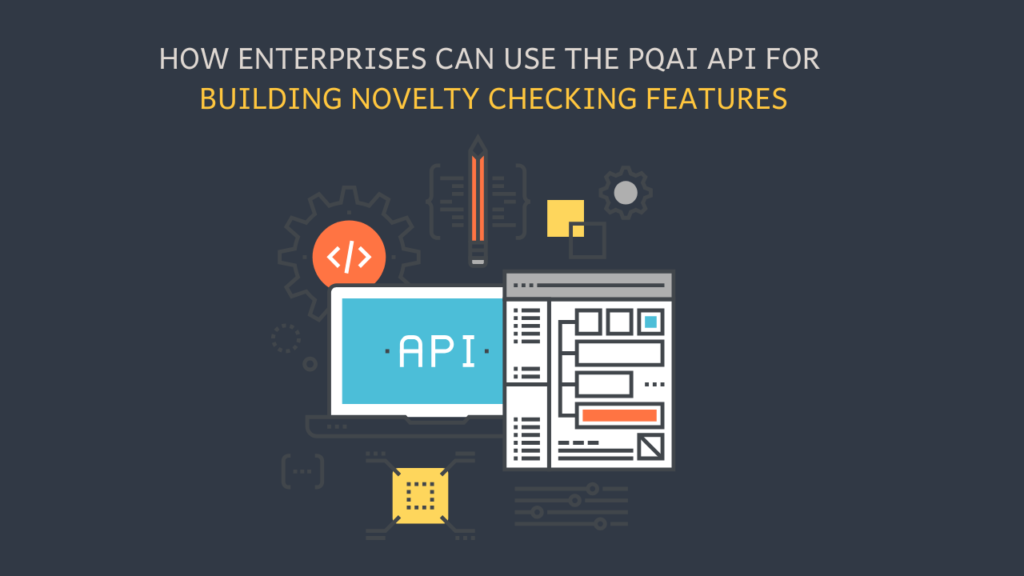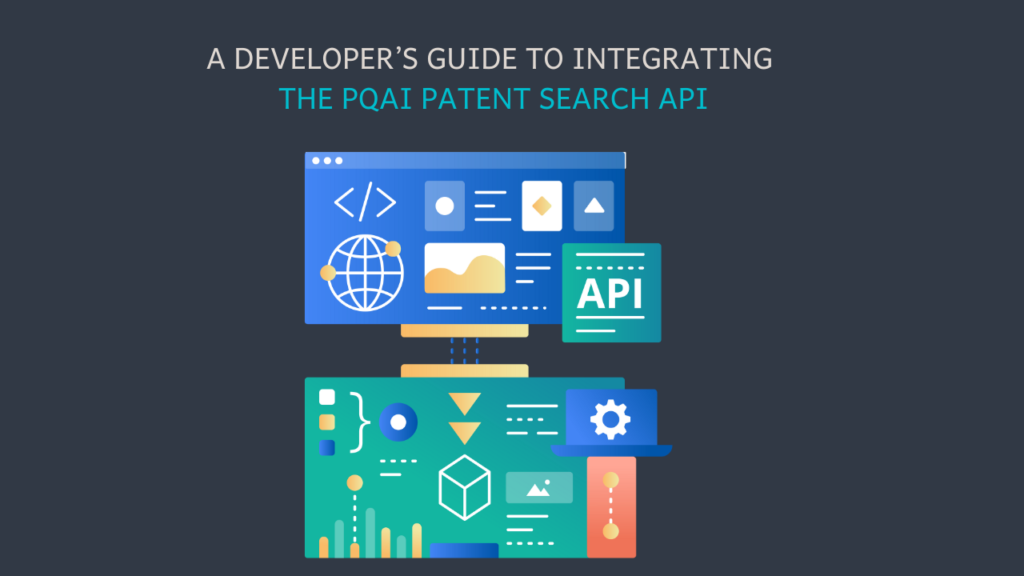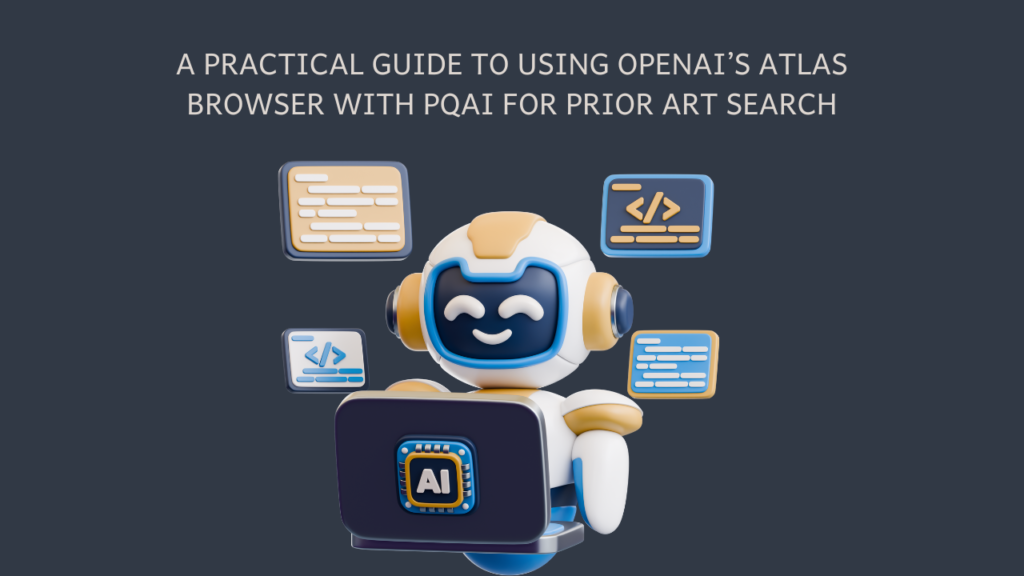
How Enterprises Can Use the PQAI API to Build Novelty Checking Features
You have already witnessed how powerful the PQAI API can be for semantic patent search. Now you want to bring that same intelligence into your

Every inventor has ideas. Some brilliant, some half-baked, some forgotten by the next morning. But here’s the harsh truth: an idea only becomes valuable when it’s protected. Without a patent, it’s just a story anyone can copy, sell, or claim as their own.
That’s why the first real test of innovation isn’t whether your idea works; it’s whether your idea is new. Patent protection only goes to novelty. And if someone else filed before you, your big break might already belong to them.
This is where patent search becomes make-or-break. Skip it, and you risk pouring years of energy and money into something you can never own. Do it right, and you walk away knowing whether to double down, pivot, or kill the idea before it kills you.
However, the challenge is that patent searches are not really easy. Traditional search engines have their own complexity. And one missed reference can cost you everything.
Yes, there are plenty of free databases.
Tools like USPTO, Google Patents, and Espacenet give you access to millions of patents across major patent offices. On paper, it feels like everything you need is already there.
But here’s the catch: navigating this mountain of patents isn’t simple. Traditional search engines expect you to write sophisticated Boolean search strings – the kind that look more like code. A single query can run into lines of operators, keywords, classifications, and truncations. Miss one synonym or classification, and you miss the prior art that could invalidate your patent.

For inventors and newbies, this is an entire mountain to cross. But even if you get the string right, the legalese involved adds another layer of difficulty. Legal phrasing, abstract technical jargon, and intentionally broad claims mean the same invention can be described a dozen different ways. What looks novel to you may already exist, hidden under unfamiliar terminology.
To give you an example, a computer can be described as information system. That would make things very difficult for inventors who are trying to conduct a patent search by themselves. The learning curve is brutal.
This is the reality of traditional patent search: the resources exist, but they’re designed for experts. For everyone else, the process is slow, overwhelming, and dangerously easy to get wrong. And in patents, one wrong search term can mean the difference between owning your idea or watching it slip away.
The good news is AI-powered tools flip the script. Instead of forcing you to master Boolean operators and legal jargon, they let you type your idea in plain English and still get relevant results.
You can simply type your idea as you would describe it to a colleague. And the system ranks results based on conceptual relevance, not just literal keyword matches.
Different technologies power this shift. Some tools use semantic AI to understand the meaning and context of an invention, combining Boolean logic with semantic reasoning to uncover hidden overlaps. Others rely on graph-based intelligence, spotting conceptual links across different inventions that look unrelated at first glance.
The result is a search that feels natural, intuitive, and far less intimidating. Instead of fighting the system, inventors can focus on testing whether their idea is truly novel.
Several platforms already bring this approach to life. Tools like PQAI, PatSnap, The Lens, Orbit Intelligence, and Patentcloud are part of a new wave of AI-powered prior art search.
Of course, not all of them get it right. Some still overwhelm you with exhaustive results. Others lock critical features behind expensive subscriptions. Which is why, in the next section, we’ll look at PQAI — a tool designed to strip away the noise and give inventors a clear, practical way to run a patent search before betting big on their idea.
Spearheaded by Sam Zellner, PQAI is an open-source, AI-powered initiative built to make patent searching transparent, accessible, and reliable.
Think of it as what Linux did for operating systems or what Mozilla did for browsers, but for patents. Built on semantic intelligence, PQAI tool doesn’t just match keywords, it grasps intent.
You describe your invention in plain language, and PQAI connects the dots across millions of patents and research papers. No hidden walls. No pay-to-play. Just open, transparent, and accessible search that puts real power in the hands of inventors.
With PQAI, all you have to do is enter your idea in plain English. And the tool presents to you only the top results closest to your invention. The best part is, each result shows the relevant texts from within the document matching your query. So you can check the closest reference for your invention without reading the patent documents or research papers in full detail.
Let’s assume that your idea is to create a lightweight, portable Bluetooth speaker with an in-built light that glows like a real flame together with your music.
Before investing time and resources into this venture, let’s check for related prior art using PQAI. You can find the tool at search.projectpq.ai and enter the idea in the text box.

When we ran this query through PQAI, the AI algorithm curated the 93 most relevant representative results. And at the fourth position, we found a patent close to the invention in question. It’s titled – “Portable Bluetooth Camping Light.” Presented below is the snapshot of the result. It also contains a table showing query element mapping with the relevant text from the patent document.

Here are a few drawings from the patent mentioned earlier that match our invention query.

Source – US20150300581A1
Look at the prior art shown by PQAI. The invention seems to be already patented by someone else. This means it might not be wise to pursue the idea any further.
It’s time for you to look for prior art matching your invention for real. Based on the results you receive, you can choose to modify your query. You can also save the results you like to view later. We are sure you would be surprised to see the insightful results matching your invention.
You can further modify the results by adding filters. For example, you can filter the results based on publication date, document type, and source.
The results that PQAI curates for you are not limited to just patents. This tool gives you results that include articles, research papers, R&D, and more. PQAI’s database currently stands at 11 million US patents and applications and nearly 11.5 million research papers in the fields of engineering and computer science.
What sets this apart and allows you more time is how you consume the results you are given. The tool will provide representative results from different sectors relevant to your idea. Further, it extracts relevant snippets and maps them to different parts of your query. This saves the time you spend reviewing or analyzing an entire document to locate possible prior art.
PQAI has been created after mindful research and is still a work in progress. We have considered the concerns of inventors and are continuously training the AI engine to provide even better results. Easy, curated access to millions of documents and easy search navigation make this the ideal place to begin your patenting/entrepreneurial journey. Patent searches don’t need to be a chore anymore, especially for inventors like you! Happy inventing!
At PQAI, we bring clarity to the world of patents. Through storytelling and insight, we simplify inventions so innovators, researchers, and businesses can learn from the past and build the future.
Share

You have already witnessed how powerful the PQAI API can be for semantic patent search. Now you want to bring that same intelligence into your

You have already explored what PQAI can do. Now you want to bring its semantic patent search into your own product or tool. Maybe you

OpenAI’s Atlas browser marks a new milestone in AI-driven research. Research on the web has always been a bit awkward for AI. It could fetch
Dear PQAI Team,
We are pleased to express our support for PQAI and its mission to revolutionize patent searching through open-source, AI-driven solutions.
At [COMPANY NAME], we recognize the importance of accessible and efficient patent tools in fostering innovation and empowering inventors from diverse backgrounds. By supporting PQAI, we aim to contribute to the development of transparent, collaborative, and impactful solutions for the intellectual property community.
We kindly request the addition of [COMPANY NAME] to the official List of Supporters of PQAI.
Sincerely,
[CEO or Equivalent Name]
[Title]
[Company Name]
[Signature]